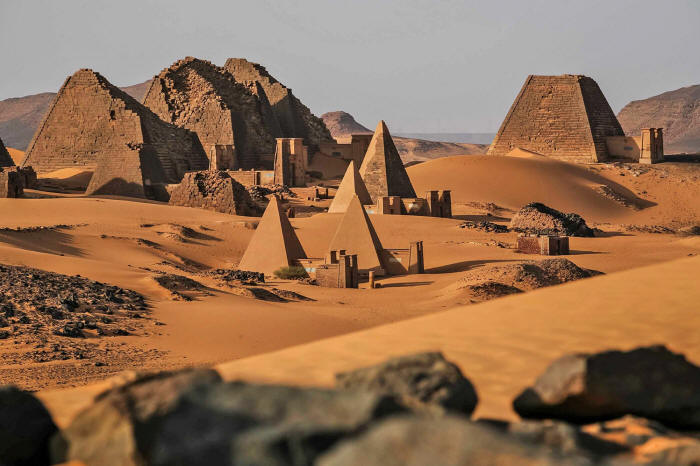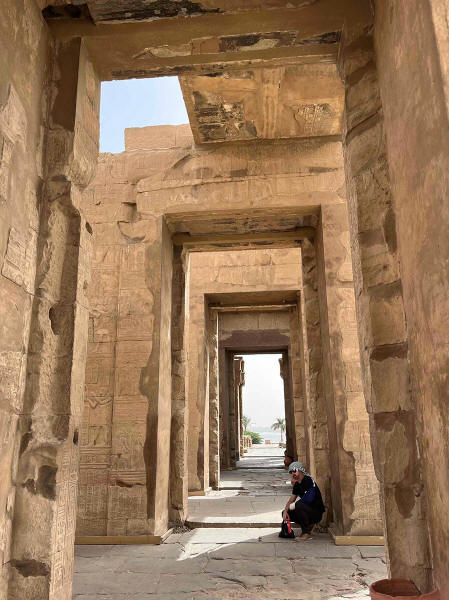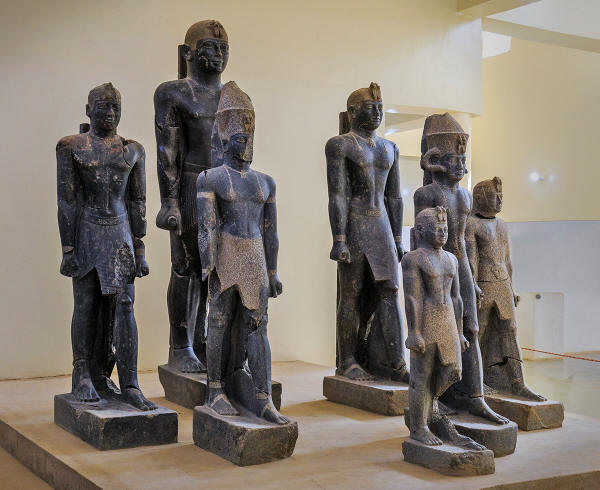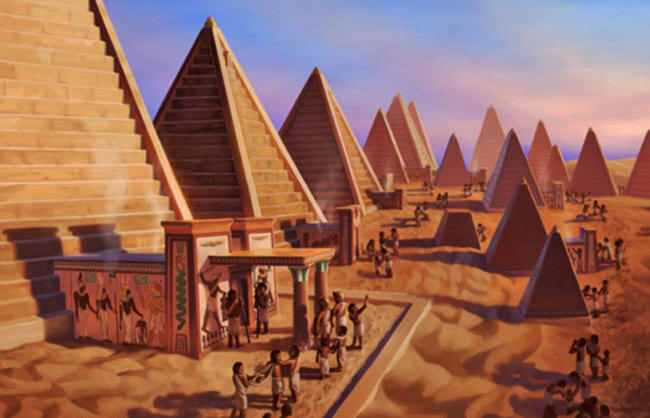|
May 05, 2025
But tucked away in the sun-bleached deserts of northern Sudan stands one of the most astonishing and overlooked chapters of ancient history:
Built by African kings and queens thousands of years ago, these elegant, steep-sided structures are a powerful testament to a thriving civilization that once rivaled the mighty pharaohs of Egypt.
The Nubians were no strangers to the Egyptians; at times allies, at others subjects, and once even conquerors. The first major Nubian state, the Kingdom of Kerma, emerged as early as 2500 BC.
It was followed by the more well-known Kingdom of Kush, which at one point did the unthinkable:
The Kushites were eventually driven back by the Assyrians, but they didn't vanish. Instead, they retreated south and established a new capital at MeroŽ, on the eastern banks of the Nile, where they built a flourishing kingdom that lasted nearly a thousand years, from around 550 BC to 500 AD.
This era was Nubia's golden age...!
Although they briefly came under Persian and Ptolemaic influence, the Nubians largely remained independent, maintaining their own rulers, traditions, and religion, one that mirrored Egypt's pantheon but was infused with distinctly African elements.
from the late 25th Dynasty, early Napatan period, 7th century BC Source: Kerma Museum
His inscriptions describe divine favor and military prowess:
Nubia was no passive neighbor to empires.
In the 1st century AD, Queen Kandake Amanirenas famously led her warriors against the Romans, halting their southern advance and securing favorable peace terms, a rare feat in Roman foreign relations.
Later, Nubia embraced Christianity, which, along with pressures from neighboring powers like Aksum (in modern Ethiopia), transformed its culture yet again.
Built mainly between 300 BC and 300 AD, over 200 pyramids rise from the desert sands of northern Sudan, more than double the number found in Egypt.
Their design is striking:
These pyramids served as tombs for kings, queens, and elite nobles of the Kushite era.
Just like the pharaohs, Nubian royalty were buried with riches - gold, silver, and other treasures - and likely mummified to aid their journey to the afterlife.
Unfortunately, centuries of looting stripped the tombs of much of their splendor, but echoes of their grandeur remain.
What truly sets Nubian pyramids apart are the offering temples built at their base, small chapels decorated with religious symbols and artwork unique to Kushite beliefs.
Here, priests performed rituals to honor the dead, hoping the spirits of deceased monarchs would advocate for the living before the gods.
Imagine the desert wind carrying the sound of drums and chants while incense curled into the air, rituals performed beside pyramids whose stones may still sing.
Yes, some rocks near the site actually ring like
bells when struck, a mystery that archaeologists believe may have
had ceremonial significance.
Pyramids of Kushite rulers
The most famous pyramid fields lie at MeroŽ, the former royal capital, where over 50 pyramids cluster in an otherworldly landscape of sand and stone.
Another key site is Nuri, where one of the largest pyramids belongs to Taharqua, a Kushite king who ruled Egypt as Pharaoh in the 7th century BC.
Each pyramid tells a story not just of individual rulers, but of an African people who shaped and preserved their identity across centuries of external influence and internal transformation.
When European explorers rediscovered them in the 19th century, they were stunned.
These "lost pyramids" upended assumptions about Africa's past and opened a new chapter in archaeology.
Today, teams of researchers and local historians are still working to unearth what remains, piecing together the legacy of Nubia from fragments of stone and shattered tombs.
Credit: Charlie Swerdlow Source: Behance
They are not just monuments of a forgotten civilization,
More tourists are venturing to Sudan to see them, drawn by their beauty and the mystery that still clings to their jagged stones.
But time is not on their side.
The Nubian pyramids deserve more than a footnote in world history.
They stand as silent sentinels of a civilization that once challenged empires and left its mark in stone.
They remind us that Africa's story is richer,
deeper, and far more complex than we often assume - and that history
still has secrets waiting to be uncovered beneath the desert sand.
|








